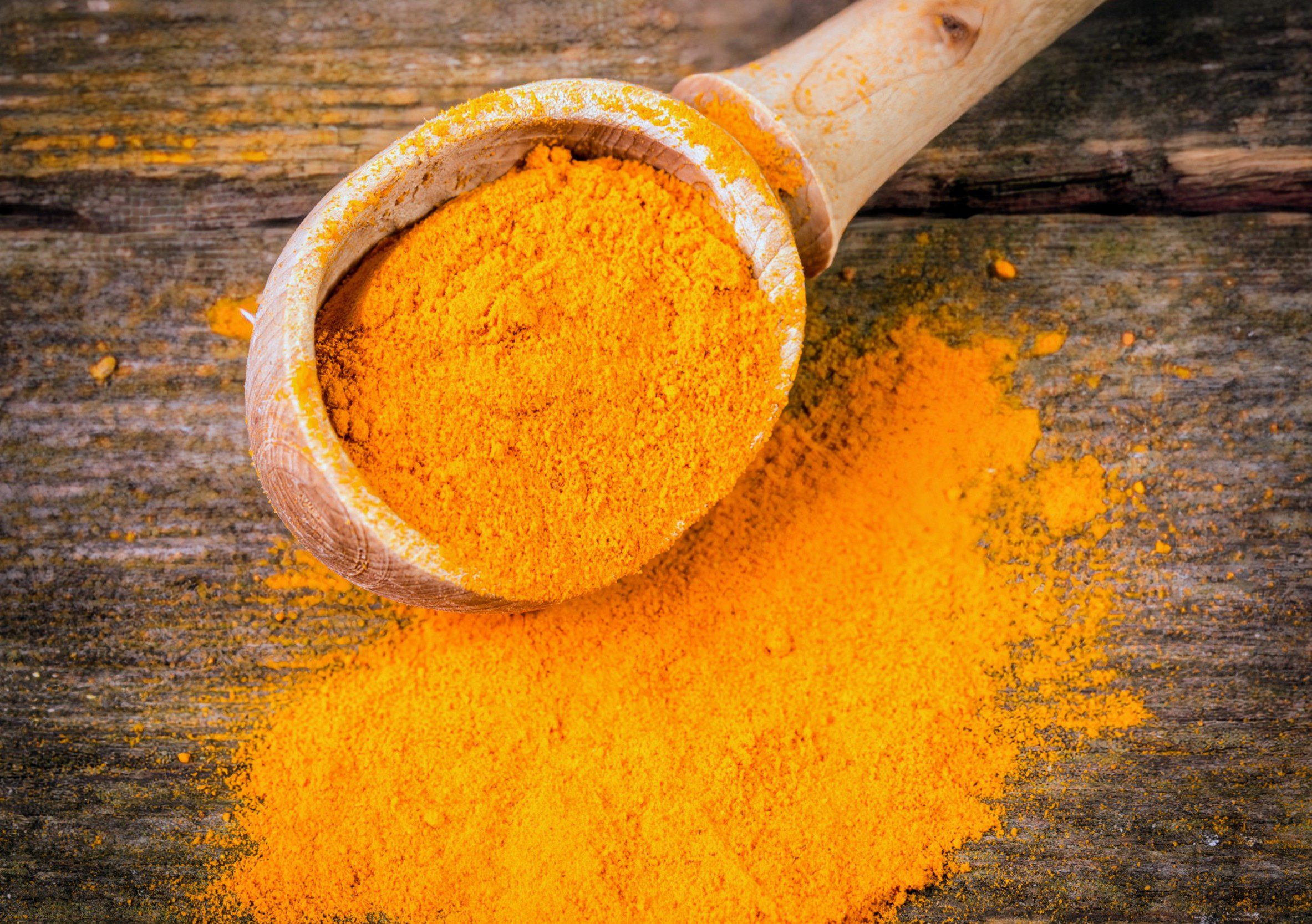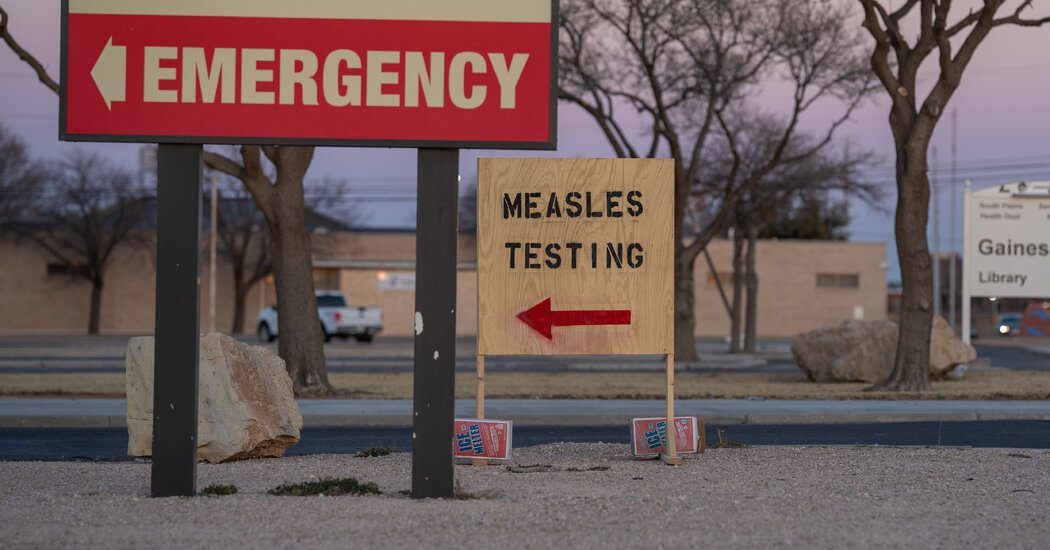
Superbugs, also known as antibiotic-resistant bacteria, represent a critical public health threat today. These organisms evolve to withstand even the most potent antibiotics available.
In a recent incident at a Nevada hospital, a woman admitted for pneumonia tragically succumbed to sepsis and multi-organ failure. The responsible bacteria had developed resistance to an astonishing 26 different antibiotics.
Exploring Potential Solutions
In the ongoing battle against these formidable pathogens, researchers from Texas A&M have made an exciting discovery.
The team found that curcumin, the natural compound that gives turmeric its vivid yellow hue, has the potential to reverse antibiotic resistance.
The research indicated that when curcumin is presented to bacteria as a food source and then activated by light, it triggers destructive reactions within these microbes, ultimately leading to their death.
This innovative approach significantly decreases the prevalence of antibiotic-resistant strains, which could restore the efficacy of traditional antibiotics.
Entering the Superbug Era
Before the advent of antibiotics, infectious diseases were the leading cause of death and disability worldwide. The introduction of these remarkable drugs enhanced the average human lifespan by an astonishing 23 years.
However, as the development of new antibiotics has stagnated, the rise of resistant bacteria has led to the emergence of the superbug era.
Notable superbugs include methicillin-resistant Staphylococcus aureus (MRSA), vancomycin-resistant Enterococcus (VRE), and certain resistant strains of bacteria responsible for pneumonia—each of which poses significant treatment challenges.
Dr. Vanderlei Bagnato, a professor in the Department of Biomedical Engineering and the lead author of the study, shared valuable insights on the issue.
“When bacteria develop resistance to standard antibiotics, we encounter what is termed an antibiotic catastrophe,” explained Dr. Bagnato. “To tackle this issue, we must explore alternative methods to eliminate superbugs or innovate ways to enhance the effectiveness of antibiotics once more.”
Combating Superbugs
The natural variability found within bacterial populations leads to diverse responses, including differing levels of antibiotic resistance. If certain strains can survive antimicrobial treatment and proliferate, this variation can escalate resistance levels.
The primary aim of the Texas A&M study was to manage this bacterial diversity to better control resistance.
The team utilized a technique called photodynamic inactivation, which employs light along with photosensitive molecules known as photosensitizers to produce reactive oxygen species capable of destroying microorganisms by disrupting their metabolic functions.
In their experiments, curcumin acted as the photosensitizer. A key benefit of this approach is that curcumin also serves as a natural food source for bacteria.
The researchers examined this technique on antibiotic-resistant strains of Staphylococcus aureus, specifically those resistant to amoxicillin, erythromycin, and gentamicin.
The bacteria underwent multiple cycles of light exposure, and the researchers compared the minimum concentrations of antibiotics required to eliminate the bacteria post-light exposure with those that did not receive light treatment.
“When we have a mixed bacterial population, where some exhibit resistance, photodynamic inactivation allows us to refine the bacterial distribution, retaining strains that respond more uniformly to antibiotics. This predictability helps determine the exact antibiotic dosage required to resolve the infection,” said Dr. Bagnato.
Continuing the Battle Against Resistance
The researchers express optimism that combining photodynamic inactivation with curcumin could serve as a valuable adjunct to antibiotics in treating infections caused by drug-resistant bacteria.
“Photodynamic inactivation presents a cost-effective treatment alternative, which is essential for minimizing healthcare costs both in developing nations and in the United States,” added Dr. Vladislav Yakovlev, a co-author of the study. “This method also holds promise for military medicine, potentially aiding in the treatment of battlefield injuries and curbing the emergence of antimicrobial resistance, a critical issue in combat environments.”
The findings from this research offer renewed hope in the ongoing struggle against superbugs. By harnessing the benefits of a common spice like turmeric, we may gain a strategic upper hand.
The complete study is published in the journal Scientific Reports.
—–
Enjoyed this article? Subscribe to our newsletter for more engaging content, exclusive updates, and the latest news.
Discover more on EarthSnap, a free application developed by Eric Ralls and Earth.com.
—–









